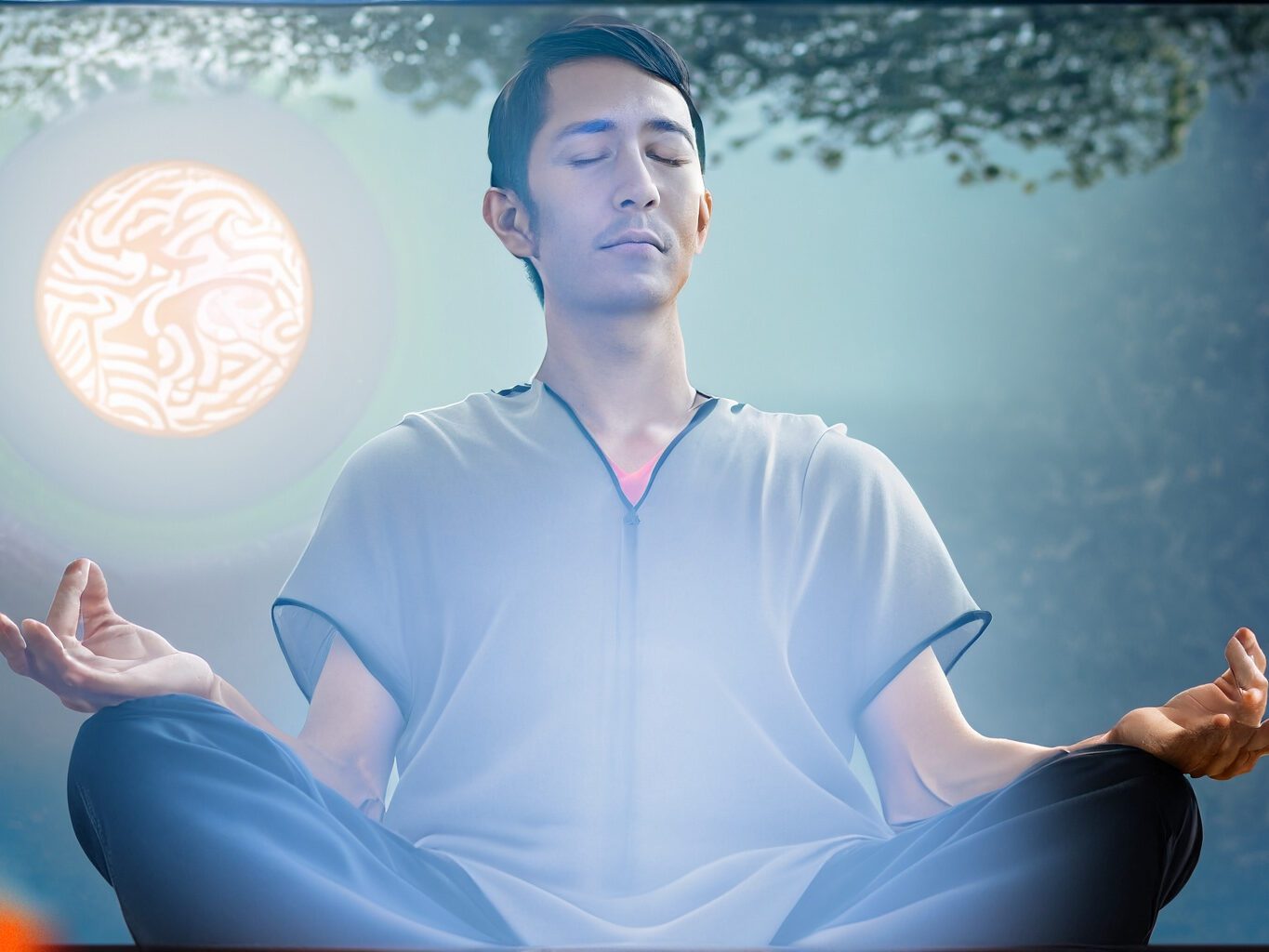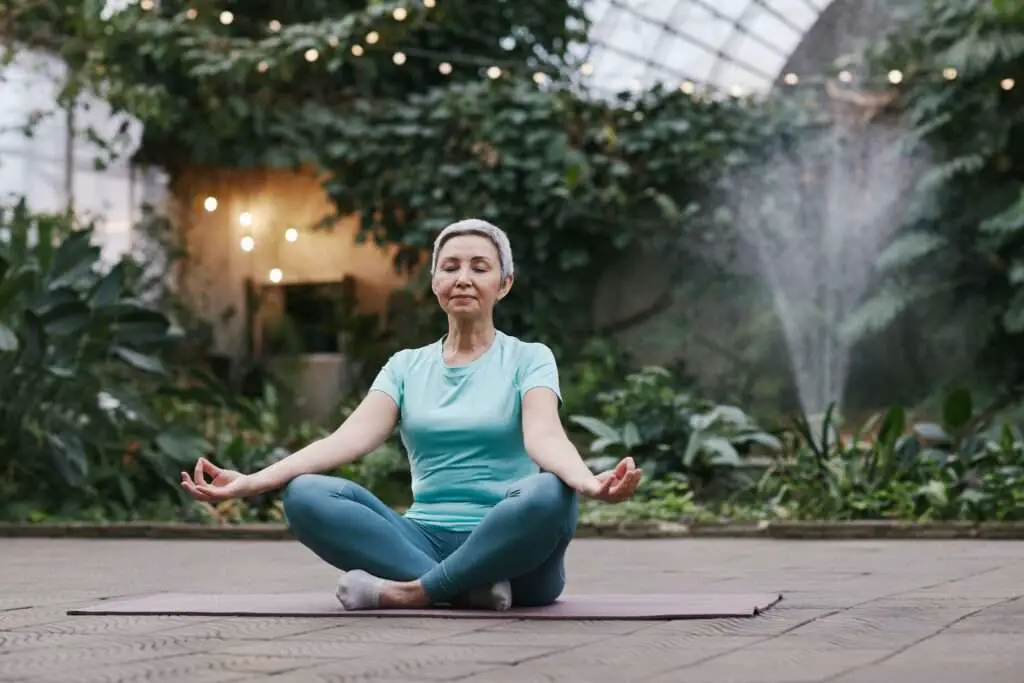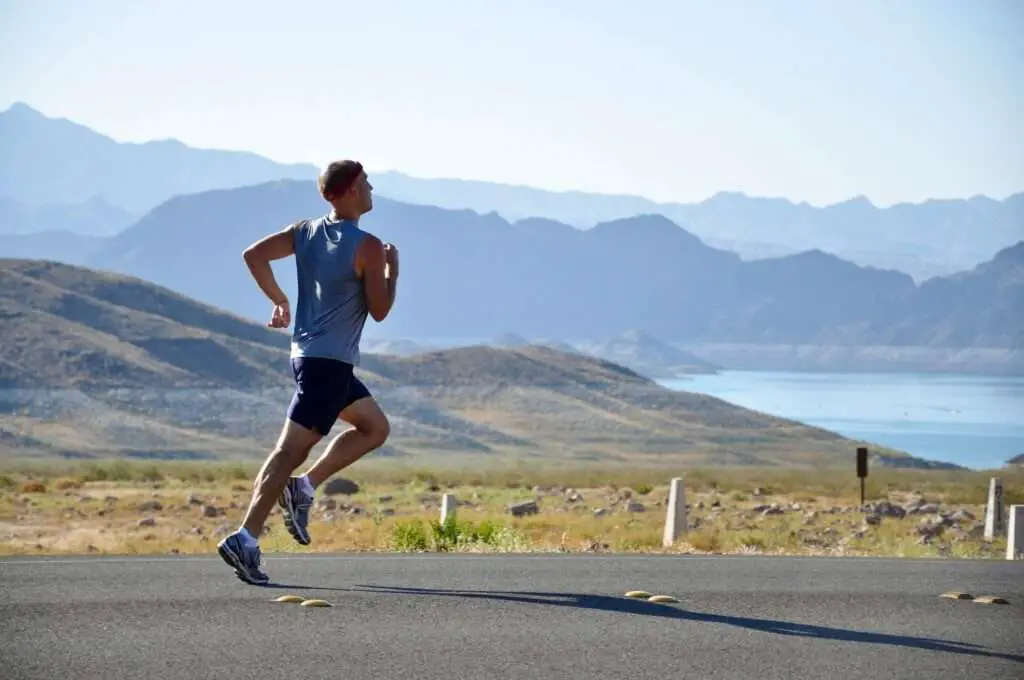Meditation Techniques: A Beginner’s Guide in 2023
In today’s fast-paced world, many individuals seek inner peace, reduce stress, and improve their well-being. Meditation has emerged as a popular practice offering numerous benefits for the mind and body. This beginner’s guide will introduce you to various meditation techniques and help you embark on a journey of self-discovery and tranquility.

Understanding Meditation
Meditation is a practice that involves training the mind to focus and redirect thoughts. It encourages a state of deep relaxation and heightened awareness. By engaging in regular meditation sessions, individuals can cultivate mindfulness, improve concentration, and achieve a sense of inner calm.
Benefits of Meditation
Before delving into different meditation techniques, let’s explore the benefits it offers:
- Reduced Stress: Meditation helps to reduce stress levels by promoting relaxation and easing anxiety.
- Improved Mental Clarity: Regular meditation enhances focus, memory, and cognitive function.
- Emotional Well-being: It can increase self-awareness, boost happiness, and foster a positive mindset.
- Physical Health: Meditation has been linked to lowered blood pressure, improved immune function, and better sleep.
- Stress Management: The practice equips individuals with effective tools to cope with everyday challenges.
Mindfulness Meditation
Mindfulness meditation is a popular technique that involves paying attention to the present moment without judgment. Mindfulness meditation is a powerful practice that involves being fully present in the moment, cultivating a non-judgmental awareness of your thoughts, feelings, and sensations. By practicing mindfulness meditation, you can better understand yourself and your world. Here’s how to get started:
- Find a quiet and comfortable space.
- Sit relaxed, close your eyes, and focus on your breath.
- Notice any thoughts or sensations without attaching to them.
- Bring your attention back to the breath whenever the mind wanders.
Loving-Kindness Meditation
Loving-kindness meditation is a beautiful practice that nurtures compassion, love, and kindness towards oneself and others. Through loving-kindness meditation, you can cultivate a deep empathy and connection with the world around you.
This transformative practice involves sending well wishes, positive affirmations, and loving thoughts to oneself, loved ones, acquaintances, and even tricky individuals.
Regular exercise can enhance self-love, strengthen relationships, and contribute to a more harmonious and compassionate world. Dive into the profound depths of loving-kindness meditation and unlock the boundless power of love and kindness within you. Embrace this practice to radiate love and positivity in your life and beyond. Follow these steps:
- Sit comfortably and close your eyes.
- Generate feelings of love and warmth towards yourself.
- Extend those feelings to loved ones, acquaintances, and even tricky individuals.
- Repeat positive affirmations or silently send well wishes to each person.
Transcendental Meditation
Transcendental Meditation is a technique that involves the use of a personal mantra to quiet the mind and reach a state of deep relaxation. Rooted in ancient Vedic traditions, this technique involves using a personal mantra silently repeated during meditation to transcend ordinary thinking and access a transcendent state of consciousness.
By engaging in Transcendental Meditation, individuals can experience profound relaxation, reduced stress, increased clarity, and improved overall well-being. The power of Transcendental Meditation invited you to embark on a journey of self-discovery, tranquility, and expanded consciousness.
Explore this practice and unlock the gateway to inner bliss and harmony. Seek guidance from a certified teacher to learn this technique.
Guided Visualization
Guided visualization is a meditation technique that uses mental imagery to promote relaxation and achieve specific goals. Individuals can embark on a transformative inner journey through vivid mental imagery and guided instructions.
This practice helps in relaxation, goal manifestation, and personal growth. By engaging in guided visualization, you can tap into your subconscious mind, stimulate creativity, and enhance focus.
Whether you envision achieving your dreams, healing your body, or manifesting abundance, guided visualization provides a pathway to manifesting your desires. Unlock the immense potential of your mind’s eye. Embrace this practice and unleash the power of visualization to create a life you truly desire. Follow these steps:
- Find a quiet space and sit or lie down comfortably.
- Close your eyes and visualize a peaceful scene or desired outcome.
- Engage all your senses to make the visualization vivid and immersive.
- Stay in this state for a few minutes before slowly returning to the present moment.
Mantra Meditation
Mantra meditation is a profound practice that involves the repetition of a sacred word or phrase, known as a mantra, to focus the mind and achieve a state of deep meditation.
By chanting or silently repeating the mantra, individuals can transcend their thoughts and enter a state of inner stillness and peace. Various spiritual traditions have embraced this ancient practice for centuries.
Mantra meditation helps calm the mind, enhances concentration, promotes self-awareness, and cultivates a sense of spiritual connection. Unlock the transformative power of mantra meditation and experience profound tranquility and spiritual growth. Here’s how to practice it:
- Choose a mantra that resonates with you (e.g., “Om” or “Peace”).
- Sit comfortably, close your eyes, and repeat the mantra silently or aloud.
- Maintain your focus on the sound and rhythm of the mantra.
Yoga and Meditation
While yoga focuses on physical postures (asanas) and controlled breathing, meditation cultivates mindfulness and inner stillness. Combining the two allows individuals to experience a deeper connection between body, mind, and spirit. Yoga prepares the body for meditation by releasing tension, increasing flexibility, and improving posture.
Meditation enhances the benefits of yoga by calming the mind, reducing stress, and fostering self-awareness. Yoga and meditation provide a powerful synergy, promoting overall health, balance, and inner peace.
Embrace the union of yoga and meditation and embark on a transformative journey of self-discovery and well-being. Look for yoga classes in your area or follow online tutorials to incorporate yoga and meditation into your routine.
Walking Meditation
Walking meditation allows you to engage in mindfulness while walking. Walking meditation is a mindful practice that combines physical movement with mental focus and awareness. As you walk, you bring attention to each step, the sensation of your feet touching the ground, and the rhythm of your breath.
It’s an opportunity to be fully present in the present moment, letting go of distractions, and finding inner peace through movement. Walking meditation can be done indoors or outdoors, offering a refreshing change from seated meditation. By incorporating walking meditation into your routine, you can improve mindfulness, reduce stress, and connect with the world around you more deeply and meaningfully. Follow these steps:
- Find a peaceful outdoor location.
- Walk slowly, paying attention to the sensation of each step.
- Focus on the movement of your body, your breath, and the surrounding environment.
- If the mind wanders, gently bring your focus back to the present moment.
Chakra Meditation
Chakra meditation is a spiritual practice that focuses on balancing and harmonizing the body’s energy centers, known as chakras. Each chakra represents different physical, emotional, and spiritual well-being aspects. Individuals can activate and align these energy centers by engaging in chakra meditation to promote healing, vitality, and self-awareness.
During the practice, one visualizes each chakra, from the base of the spine to the crown of the head, and imagines vibrant energy flowing freely through each center.
Chakra meditation helps to restore balance, enhance intuition, and foster a sense of wholeness and connection. Explore the transformative power of chakra meditation and embark on a journey of self-discovery and spiritual awakening. Here’s a simple technique:
- Sit or lie down comfortably.
- Close your eyes and bring your attention to the base of your spine (root chakra).
- Visualize each chakra in ascending order, imagining vibrant energy at each point.
Body Scan Meditation
Body scan meditation involves focusing on different body parts, bringing awareness to physical sensations, and promoting relaxation. During body scan meditation, one systematically directs their attention to various areas, noticing sensations, tension, or other physical experiences without judgment.
By scanning the body from head to toe, individuals can cultivate a deeper connection with their bodily sensations and gain insight into their body’s needs. This practice can help reduce stress, release tension, and foster a sense of calm and well-being.
Embrace the power of body scan meditation to nurture mind-body connection and enhance your overall sense of presence and self-care. Follow these steps:
- Lie down in a comfortable position.
- Start at your toes and gradually move your attention upward.
- Notice any tension or sensations and consciously release them.
Breathing Meditation
Breathing meditation centers on observing the breath to enhance mindfulness and relaxation. Breathing meditation is a simple yet powerful practice that focuses on the breath to cultivate mindfulness and inner calm.
Individuals can anchor themselves in the present moment by bringing attention to the natural rhythm of inhalation and exhalation. Breathing meditation helps to quiet the mind, reduce stress, and promote relaxation. It can be practiced anywhere, anytime, making it a convenient tool for managing daily challenges.
By developing a regular breathing meditation practice, individuals can enhance self-awareness, improve concentration, and cultivate a deep sense of tranquility. Embrace the power of the breath and unlock a pathway to inner peace and well-being through breathing meditation. Here’s a basic technique:
- Sit comfortably and close your eyes.
- Bring your attention to the sensation of your breath entering and leaving your body.
- Observe the rhythm, depth, and quality of each breath.
Progressive Muscle Relaxation
Progressive muscle relaxation involves systematically tensing and relaxing different muscle groups to achieve a state of deep relaxation. Individuals can experience a deep sense of relaxation and release built-up tension by consciously tensing and then releasing the muscles. This practice helps reduce stress, relieve muscle tension, and promote overall well-being.
Progressive muscle relaxation can be done in various settings and is particularly useful for individuals experiencing anxiety or difficulty relaxing. Incorporating this technique into your routine can provide a profound sense of calmness, rejuvenation, and inner peace.
Embrace the power of progressive muscle relaxation to unwind and restore balance in your life. Follow these steps:
- Find a quiet and comfortable space.
- Start with your toes, tensing the muscles for a few seconds, then release.
- Gradually work your way up, focusing on each muscle group.
Conclusion
Embarking on a meditation practice can have profound effects on your well-being. By exploring different techniques such as mindfulness meditation, loving-kindness meditation, and transcendental meditation, you can discover the method that resonates best with you. Take time each day to cultivate inner peace, reduce stress, and nurture your mind, body, and spirit.
FAQs
- Is meditation suitable for everyone? Yes, meditation is suitable for people of all ages and backgrounds. It can be adapted to individual needs and preferences.
- How long should I meditate each day? Starting with just a few minutes a day and gradually increasing the duration is recommended. Find a time that works best for you.
- Can meditation help with sleep issues? Regular meditation can improve sleep quality by promoting relaxation and reducing anxiety.
- Should I meditate with or without music? It depends on personal preference. Some individuals find music helpful for focus and relaxation, while others prefer silence.
- Can meditation replace medical treatment for mental health conditions? Meditation can complement traditional medical treatment but should not replace professional advice. Consult with a healthcare provider for personalized guidance.



